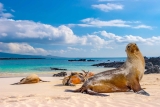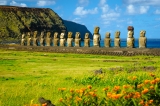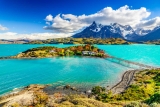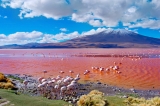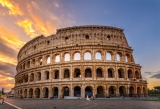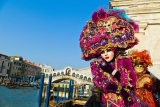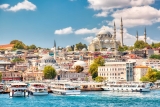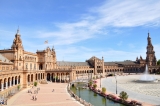Ecuador About Campus Adventures Campus Adventures is a specialized adventure tour operator in Ecuador, established since 1999. Trekking, ...
Ecuador About Gaston-Sacaze DMC With 20 years’ experience, 9 offices in South America and a team of experts, chosen for their unbeatable knowledge on ...
Chile About Andes Viva For more than 10 years, Andes Viva is a Domestic Management Company that is designing and organizing trips in Chile and the ...
Chile About Gaston-Sacaze DMC Gaston-Sacaze is a leading DMC in Chile, specialized in tailor-made travel for individuals and groups, offering the ...
Brazil About Ada Tours Ada Tours is an established DMC for Brazil and Latin America. The tour of your client has to be an unforgettable experience – ...
Bolivia About Gaston-Sacaze DMC With 20 years’ experience, 9 offices in South America and a team of experts, chosen for their unbeatable knowledge of ...
Italy About Best Holidays in Italy Best Holidays in Italy is Domestic Management Company with a positive, curious and innovative approach when it ...
Italy About Charme & Adventure Charme & Adventure is a Luxury Travel Designer specialized in bespoke travels and experiences in Italy for high-end ...
Türkiye About ODS Turkey ODS Turkey is a leading Destination Management Company based in Istanbul and serving all destinations in Türkiye. ...
Spain About 8inSpain 8inSpain is an alternative DMC and INCOMING OPERATOR specialized in finding synergies between them and their guests to get the ...

